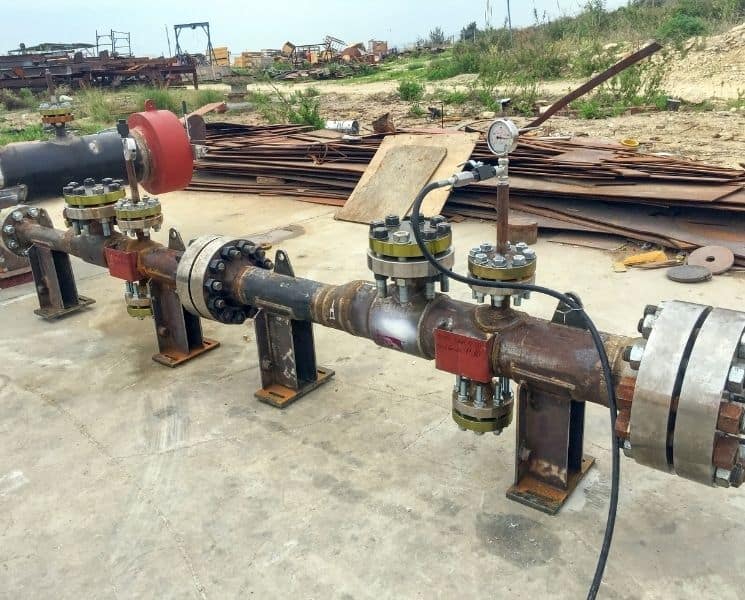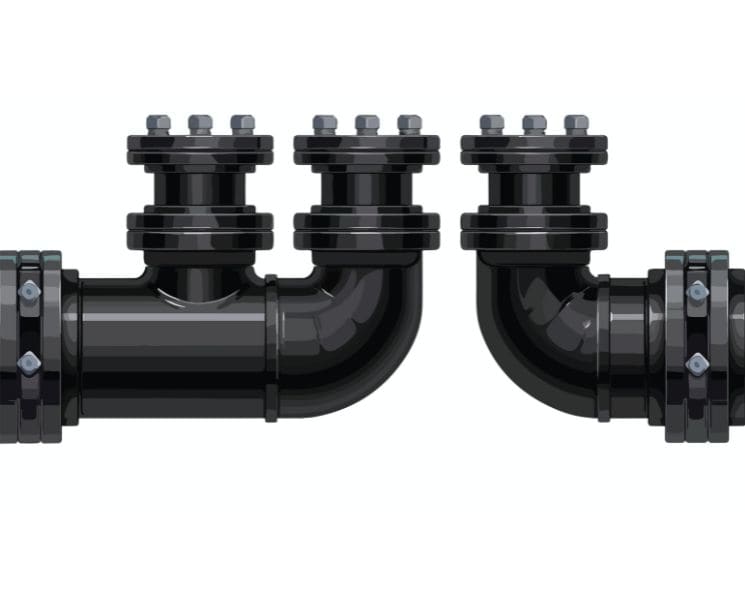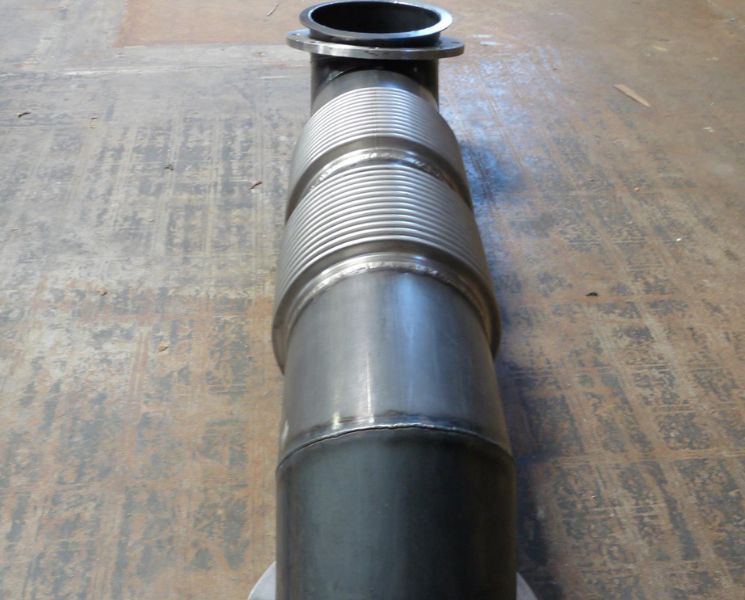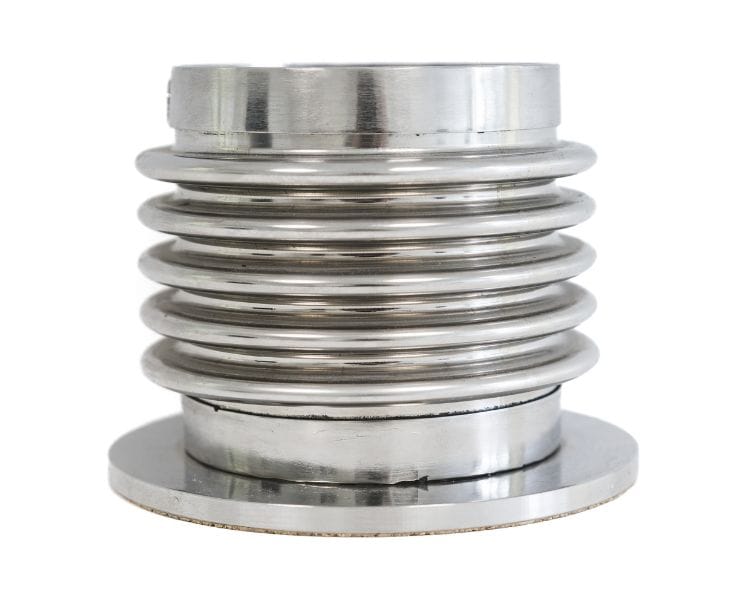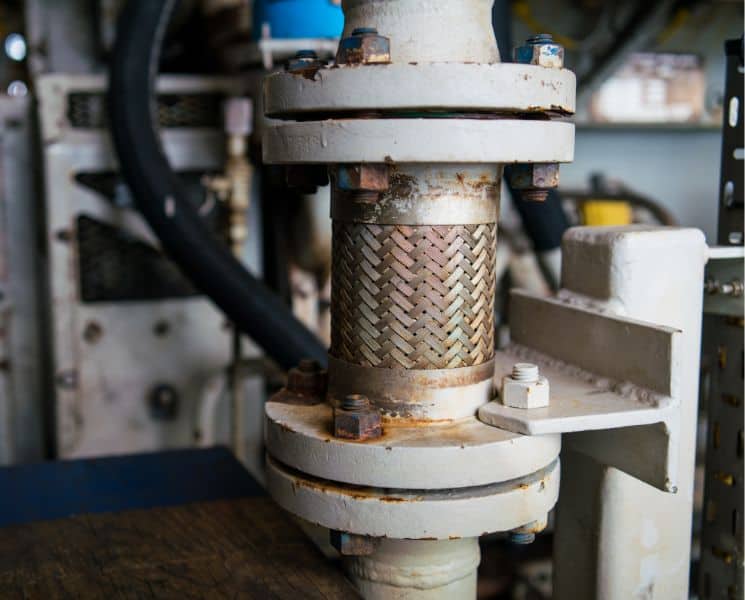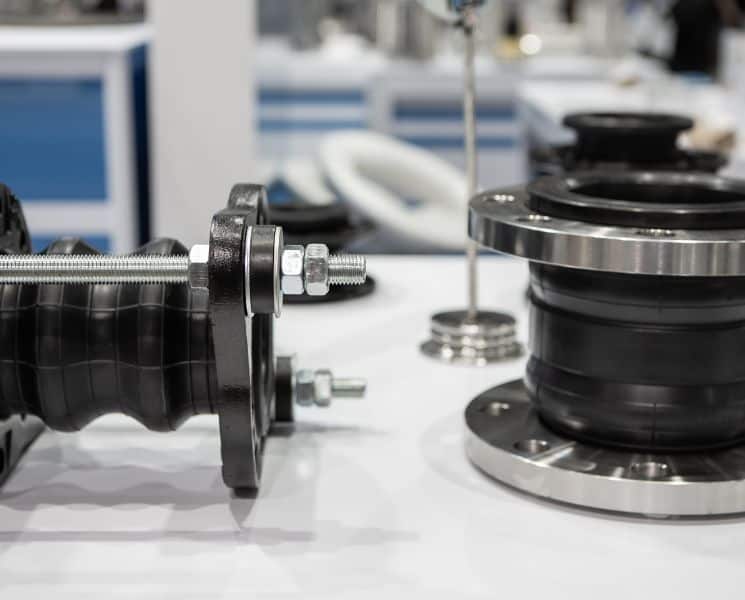Busted pipelines cause substantial headaches for everyone involved. Manufacturers test the pipelines to ensure this doesn’t happen. They typically do this through a process known as hydrostatic tests. This article will overview hydrostatic testing in industrial applications for those interested in learning more about the process.
What Is Hydrostatic Testing?
Hydrostatic testing is meant to measure static in a sealed area over time. Essentially, manufacturers push liquid through a pipe to determine if there are any leaks. The water should point out if there any punctures in the system.
What Can You Do if There Are?
Hydrostatic testing comes with its own challenges. For example, it helps figure out where the holes are—but what are you supposed to do if leaks are discovered? This is where industrial bellow manufacturers like Triad Bellows come into play. Triad Bellows develops expansion joints that help piping systems grow when hydrostatic testing is being conducted. If the pipes are allowed to expand, there’s less chance of a leak occurring. Here at Triad Bellows, we take our job very seriously because we understand the consequences of a busted pipe.
Pro Tip: Work with a trusted manufacturer that sells top-quality parts to ensure they don’t shatter during the tests. This is also important for safety standards. Leaks can cause hazards in industrial worksites. So, for this reason, testing should be done every couple of weeks. Remember—the higher quality equipment, the better.
Here we briefly explored an overview of hydrostatic testing in industrial applications. One of the challenges with this type of testing is that there will be strain over time. However, it all depends on how much strain there is. Equipment, like expansion joints, can help the pipes grow and lessen the strain over time. That’s why it’s even more essential for you to work with a trusted manufacturer. You need the equipment to withstand a little wear and tear.

